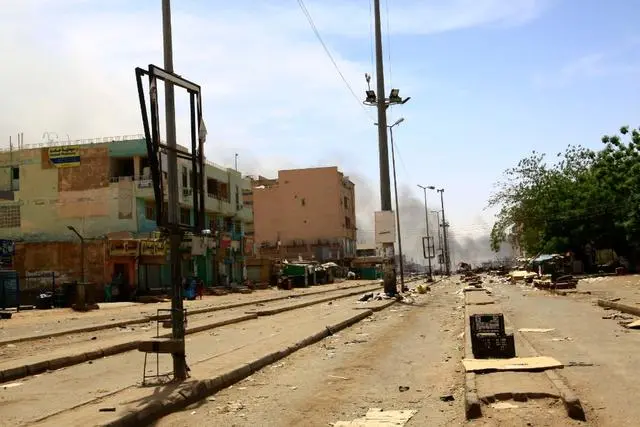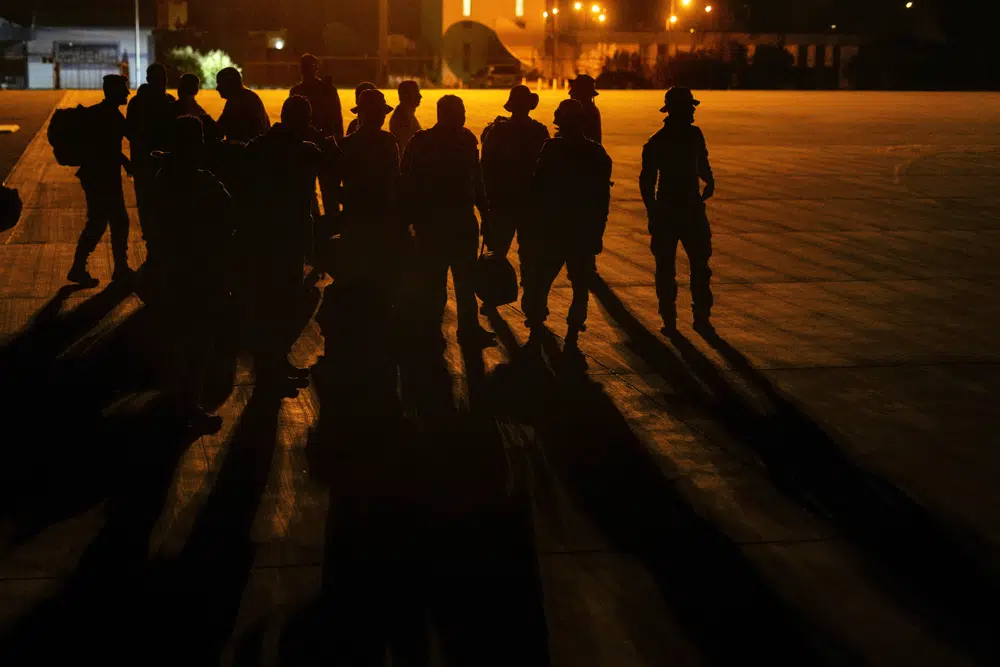The conflict in Sudan has been ongoing for several years, resulting in loss of life and displacement of thousands of people. Despite previous attempts to broker a ceasefire, the warring factions have been unable to agree on a truce that holds.
On Saturday, there was positive news out of Sudan as U.S. and Saudi mediators announced that a new seven-day ceasefire had been agreed upon by the Sudanese army and the Rapid Support Forces. This development raised hopes for a peaceful resolution to the ongoing conflict in the country, which has been marked by violence and instability in recent years. The ceasefire is set to take effect on Monday at 9:45 p.m. local time in Sudan and could be extended if both sides agree.
The announcement of the ceasefire comes after months of negotiations between the two sides and marks a significant step towards resolving the conflict. The Sudanese army and the Rapid Support Forces have been locked in a bitter struggle for control of the country, leading to a humanitarian crisis that has displaced thousands of people and caused widespread suffering. The new ceasefire is expected to provide much-needed relief to those affected by the conflict and pave the way for a resolution to the underlying issues fueling the violence.
It remains to be seen whether the ceasefire will hold, as previous attempts at a cessation of hostilities have been short-lived. However, the fact that both sides have agreed to a new ceasefire is a positive sign and suggests that there is a willingness to make progress towards peace. The international community has welcomed the news and called for both sides to adhere to the terms of the agreement and work towards a lasting resolution to the conflict in Sudan.

As per the joint statement by U.S. and Saudi Arabia, both parties have committed not to seek military advantage during the 48-hour notification period after signing the agreement and before the ceasefire starts. The talks held in Jeddah also resulted in an agreement between the two sides to protect civilians and facilitate humanitarian assistance to those impacted by the conflict.
Previous ceasefire deals have failed due to accusations of violations by both sides. Nevertheless, the current agreement is unique in that it was signed by both parties, and it will be supported by a U.S-Saudi and internationally-supported ceasefire monitoring mechanism. The Monitoring and Coordination Committee will comprise three representatives each from the U.S. and Saudi Arabia and three representatives from each party. It remains to be seen whether this ceasefire agreement will hold and pave the way for a resolution to the conflict in Sudan.
The U.S.-Saudi joint statement acknowledged that previous ceasefire agreements had failed due to both sides failing to honor their commitments. However, the current agreement is different because it was not only signed by both sides in Jeddah, but it will also be supported by a U.S.-Saudi and internationally-backed ceasefire monitoring mechanism.

The Monitoring and Coordination Committee, established as part of the new ceasefire agreement in Sudan, is a crucial component of the ongoing peace efforts in the country. The committee is made up of three representatives each from the U.S. and Saudi Arabia, as well as three representatives from each party to the conflict. Its primary objective is to monitor and coordinate the adherence of both sides to the ceasefire, and to prevent the resumption of hostilities.
The committee will play a critical role in ensuring that both sides honor their commitments under the ceasefire agreement and work towards a peaceful resolution to the conflict in Sudan. It will monitor the implementation of the ceasefire, investigate any reported violations, and coordinate with both parties to address any issues that arise. The committee will also work closely with the United Nations and other international organizations to facilitate the delivery of humanitarian aid to those affected by the conflict.
The establishment of the Monitoring and Coordination Committee is a positive development that demonstrates the commitment of all parties to finding a lasting solution to the conflict in Sudan. Its presence will help build mutual trust and confidence between the parties and create an environment conducive to progress towards peace. The international community has welcomed the creation of the committee and remains hopeful that it will contribute to a successful resolution of the conflict.
By signing and implementing this agreement, the Sudanese army and the Rapid Support Forces are taking a significant step towards finding a peaceful resolution to the conflict. If the ceasefire holds and both parties can come to a long-term agreement, it would be a significant victory for the people of Sudan and the international community working towards peace in the region.
